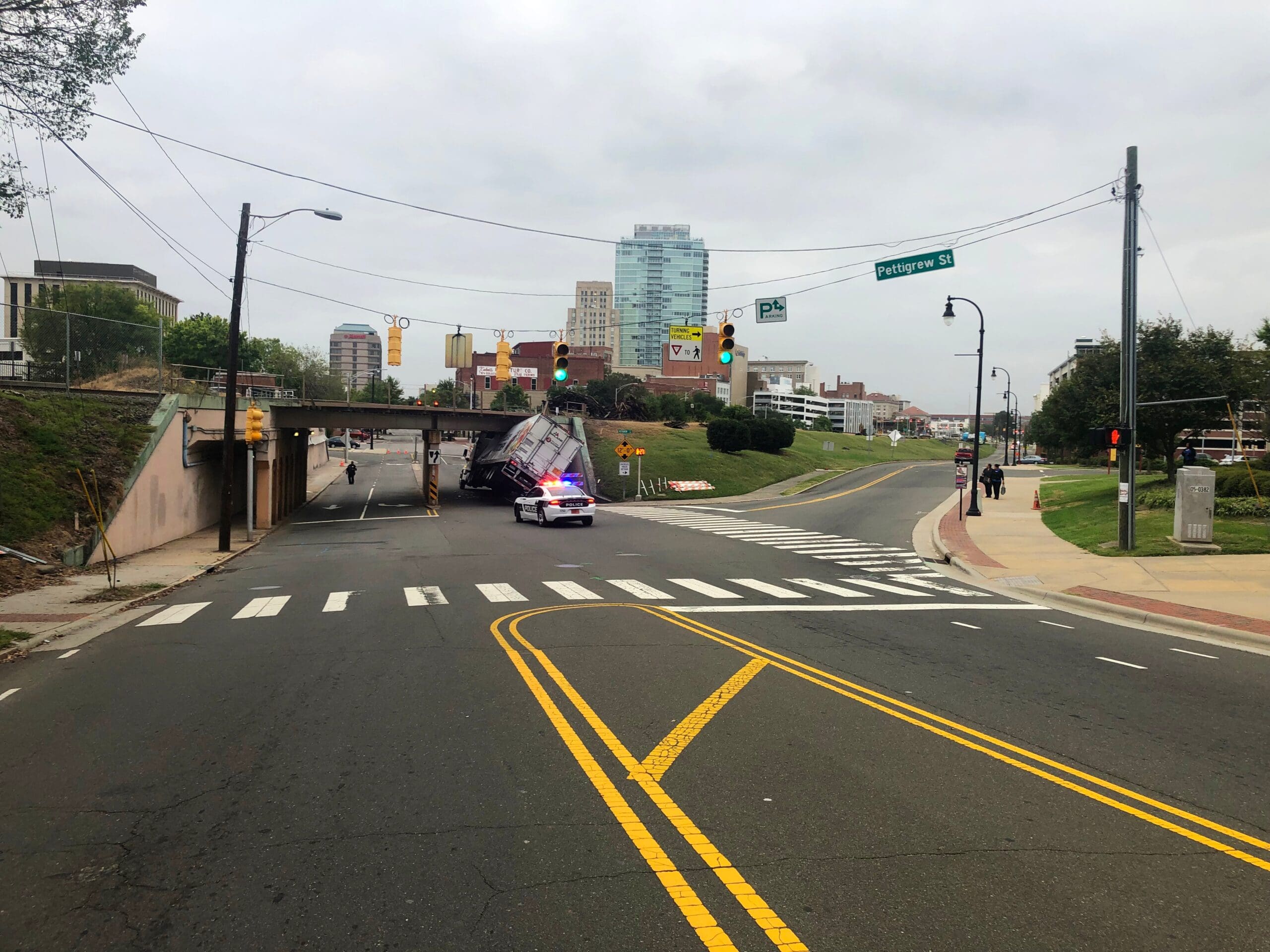How to File injury lawyer iowa in New York
You can start a lawsuit to seek compensation for any injuries resulting from the negligence of another party.
Every personal injury case will be unique, and it is not possible for us to predict how long the case will take.
There are a few common pitfalls in litigation that you must be aware as the case progresses through the legal system.

The Complaint
A lawsuit begins with a legal document known as the Complaint. It lists your legal claims and the damages you're seeking, and the way in which the defendant(s) caused your injuries. It also includes the request to set a trial date.
The complaint is filed in court and served on the defendant(s). The defendants have a time limit to file an answer or any other response. This is where they contest the allegations in the lawsuit and state their defenses. At this moment, your attorney could also add a counterclaim or a third-party defendant.
Your lawyer will be able to support their arguments by citing existing law (including laws or decisions, as well as other cases from the courts in which your case is being dealt with and also cases from other jurisdictions). This assists the judge comprehend why they believe that the defendant is liable for your injuries.
We will then prepare the Bill of Particulars. This is a legal document that lists the injuries you sustained and their total cost, including the costs of medical bills, lost wages, and other monetary losses. We can also prepare an application for relief which details the compensation that you are seeking. The demand is based on the medical treatment that you received as well as any other evidence you have provided to your lawyer. During the discovery phase, which accounts for most of the duration of the lawsuit, we and the defendant will exchange information using a variety of legal tools, including requests for admissions, interrogatories and requests for the production of documents. We may also ask for the deposition of experts and doctors.
The Notice of Claim
New York law imposes special rules for cases against municipalities and other government entities. These rules contain strict deadlines for filing of a claim, as well as strict statutes of limitations under which a lawsuit can be brought. It is vital to consult an experienced attorney for injuries in these circumstances.
The first step to bringing a claim against any municipality or government entity is to file a Notice of Claim. This document should be submitted in writing and notarized. It identifies the person who is submitting the claim and contains enough details about the accident or incident to inform the city agency who is accountable for the injuries, damages and losses. It also identifies a specific amount of the claim is filed.
The City will acknowledge receipt of the claim and assign the claim a number. An examiner from the Comptroller's Office will be assigned to investigate your claim. They may also require additional information from you or other sources. When you contact the City regarding your claim, you will be asked to mention your claim number as well as the name of the examiner assigned to your case. The examiner will determine if City is responsible for your damages, and if so, what amount you are entitled to under the law. If you are unable reach an agreement with the city the case will go to trial.
The Discovery Phase
The Discovery Phase is a key aspect of any lawsuit because it permits you to get information and evidence from the other party. You can accomplish this in a number of ways such as through written requests (called"discovery letters") and subpoenas. This discovery process will help you create an argument that is persuasive and help you succeed in proving your case.
The first step in the discovery phase is to study the market situation. This is accomplished by an experienced team of project managers who examine the market and its competitors to determine the latest trends, and the best options for your application.
This research involves interviews with all stakeholders who can help in the success of your project. This includes product owners, administrators, end-users and investors. The analysis of the data from these sources will help your team identify the principal objectives of your project and define the criteria for measuring its success.
A properly conducted discovery phase can save you both time and money. It will help eliminate miscommunications and will reduce the number of revisions to the final product, and provide you with a formal scope document that will assist your software development partner to make a precise estimate of the development process. This will help you avoid the pitfalls of an undefined budget for your project and delays in the launch.
